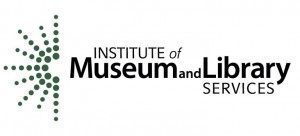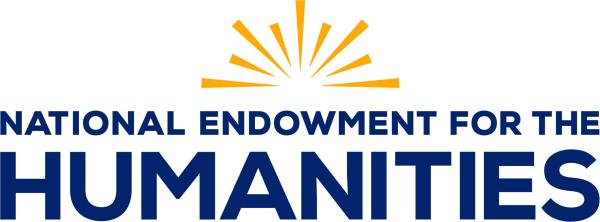The Digital POWRR project team is excited to be working on something we think will be helpful to those of you who are trying to sort out what on EARTH all of the (alleged) digital preservation tools and technologies actually do! It started with a brainstorming session where the team captured every tool/technology/service that we have come across in our digital preservation explorations. We came up with almost 90….ACK! Seriously, who has the TIME or the INCLINATION to sift through all of these tools to figure out what they do, how much they cost, etc.
Taking a divide-and-conquer approach (along with a whittled down list of 60 tools), the Digital POWRR team is tackling this so you don’t have to! As a part of our investigation into how institutions with fewer resources (read: money and/or people) can engage successfully in digital preservation, we have created a grid that will map out each tool against a list of functions a digital preservation system should provide. We have based our list of functions on the OAIS reference model and thrown in a few of our own, like:
- Is it open source?
- What are the basic system requirements?
- How much does it cost (or is it FREE!!!)?
- Does it offer a geographically dispersed data storage model?
We feel the pain of our colleagues who are trying to figure out this “digital preservation thing” while still managing all of their normal responsibilities. (ya know, like explaining to the very nice donor why your institution can’t take Uncle Bert’s collection of romance paperbacks off of their hands…)
What the Digital POWRR team is hoping to accomplish with this particular exercise is this: Professionals who are overwhelmed by the concept of digital preservation and the number of technologies that purport to fulfill some digital preservation requirement will be able to use the grid we have created to understand what a digital preservation system should do, which tools provide which functions, and a snapshot of each tool’s costs/system requirements/etc. We also recognize that some institutions with fewer resources (our project’s target audience!) need to piece together a digital preservation system with various open source/freely available tools….we are hoping the grid will help them in that process.
We will be spending the next few months working on this, so look for our results by late spring 2013. We will also be including the grid in the final report of the larger investigation we are conducting. That report will be coming out through the IMLS in 2014. Which should be in just enough time for about 60 new digital preservation tools to be introduced on the market……ARGH!!!!





